Saturday, March 8, 2025, San Francisco War Memorial Opera House — The full house audience applauded through out the performance. They witnessed exciting, innovative, and challenging ballet in the North American Premiere of Raymonda, choreographed by Tamara Rojo, after Marius Petipa. The World Premiere of Rojo’s work was presented by the English National Ballet, London Coliseum, London, England, January 13, 2022. Rojo was the Artistic Director and Lead Principal of the English National Ballet. She was appointed Artistic Director of SFB, December, 2022. Marius Petipa’s technique and choreography could be said to have invented classical ballet. His Raymonda was made for the Imperial Mariinsky Theatre, 1898, set to music by Glazunov. In Petipa’s work, the ballet was set in the medieval ages during the Crusades. Since Petipa’s time, this is the first Raymonda that presented the ballet and music in their entirety. That was a major step in ballet history,
Rojo believes that companies and dancers must hold on to their legacy, the history of ballet and its choreography. She chose to set her new Raymonda in the Crimean War. One of England’s Prime Minister said that if anyone tells you that he knows the reason for the war, he’s lying because it is impossible to figure out. England was on one side; Russia on the other. There were devastating diseases which killed at least so many as the guns. Rojo took advantage of the international character of the war. She incorporated classical dance with folk dance and dances of national identities. Vadim Sirotin directed the Character Dancing. I am certain that Rojo has endless variations of steps, combinations of large and small groups, the men dancing on their own, the women with the men or not; it was magical except that we knew Tamara Rojo was tapping into her bottomless mine of precious dances. She noted for all of us the importance of Florence Nightingale, the founder of modern nursing and of keeping records of statistics. During the war she was called “the lady of the lamp.” Rojo used lanterns as effective articles for the Nurses’ dancing. The Crimean War was a sad prologue for the American Civil War, 1861 – 1865. Nursing was developed on the battle grounds and in tents by Clara Barton who also created a movement for better nursing. Yet another historical event: the Crimean War was the first time battles, places, and people were photographed. The Civil War also picked up the significant record of the horrors of both wars.
Max Cauthorn presented another star performance. it was a gift to watch him again after his remarkable presence in Manon. Frances Chung danced Raymonda beautifully. She had a complicated character. She was a young lady from an upper class background who planned to marry John de Bryan. He joins the English army; she ponders the idea that she, too, should help her country. Then, Abdur Rahman, in photo above danced by Fernando Carratala Coloma, comes on the scene. John asks him to look out for Raymonda. What will she do? Both men would like to marry her, but she was promised to John. After battles and much marvelous dancing, the families gather for a wedding. Raymonda exerts her independence and leaves the wedding to find her own future. The SFB danced so well they lived up to the fabulous dances Rojo made for them.
FRANKENSTEIN: Runs March 20 – 26 Frankenstein was choreographed by Liam Scarlett with music by Lowell Liebermann. It was last performed by SFB in 2018. “Haunting music, pyrotechnics,” and a powerful story make this another outstanding offering by SFB. Tamara Rojo wrote that it “explores humanity and hubris, amplifying the existential, gothic drama in a way only ballet can go.” It is still Women’s History month. If one thinks that there may be only one female character, please remember that the author was Mary Shelley. She published it in 1818. She was married to Percy Bysshe Shelley, the great Romantic, English poet. Her mother was Mary Wollstonecraft, the author of the Vindication of the Rights for Women. Mary Shelley was with Shelley and Lord Bryon near Geneva. They decided they each would make a ghostly story to read to each other. Of the creative stories, it is Mary’s which has stayed in our culture. They had to stay inside because the air was dark with ashes from a volcano across the world. They called it the year with no summer. That era was a time of electricity experiments and experiments with life. Mary had a deep understanding of new science and how it was changing everything. The SF Ballet will present an ENCORE! of FRANKENSTEIN, April 26-May 4.
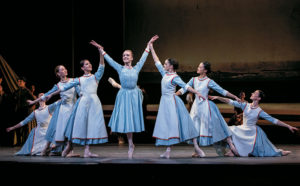
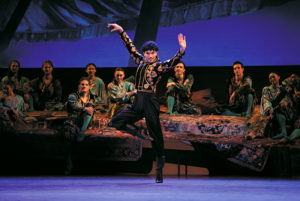

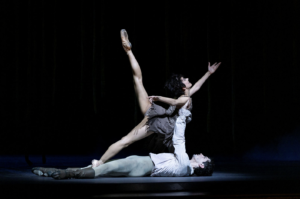 Jasmine Jimison and Max Cauthorn; San Francisco Ballet in MacMillan’s Manon // © Lindsay Thomas
Jasmine Jimison and Max Cauthorn; San Francisco Ballet in MacMillan’s Manon // © Lindsay Thomas 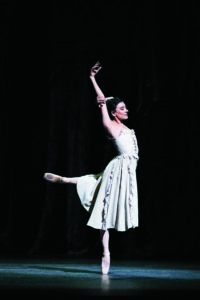

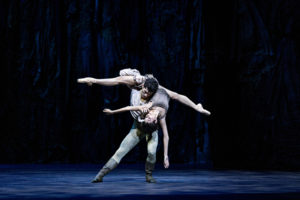
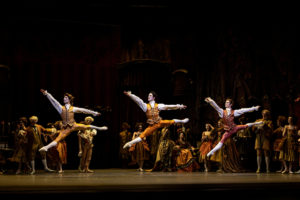
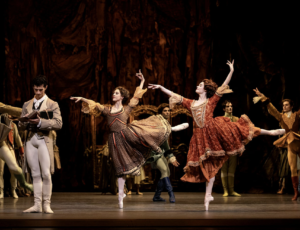 San Francisco Ballet in MacMillan’s Manon//© Lindsay Thomas
San Francisco Ballet in MacMillan’s Manon//© Lindsay Thomas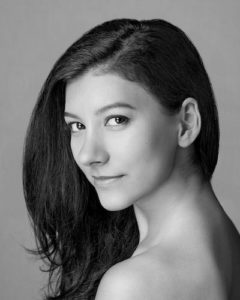 Jasmine Jimison: Principal Dan
Jasmine Jimison: Principal Dan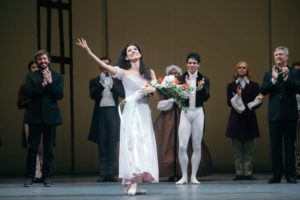
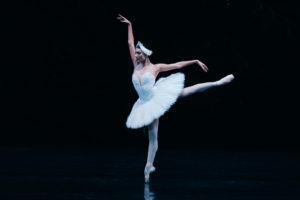
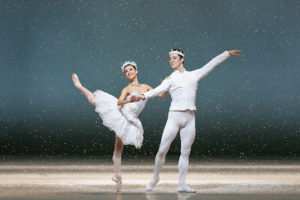
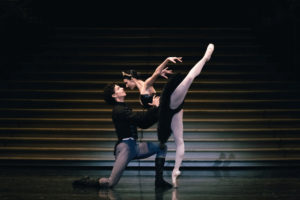
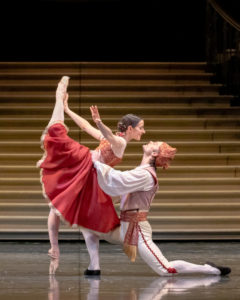
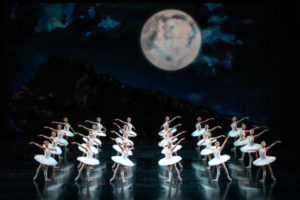
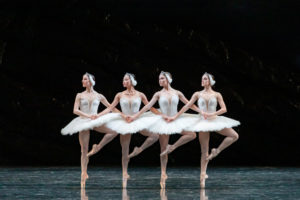
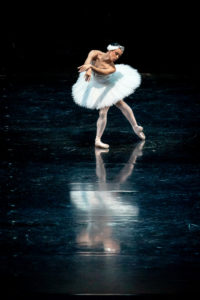
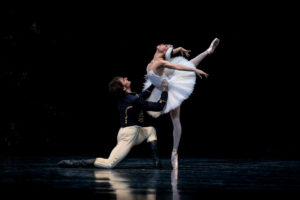
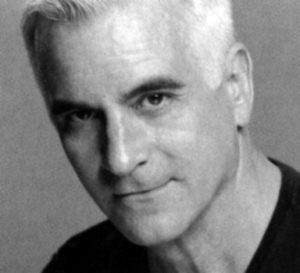
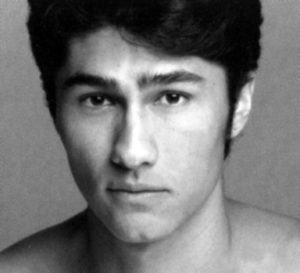 Sean Bennett – King of the Mice
Sean Bennett – King of the Mice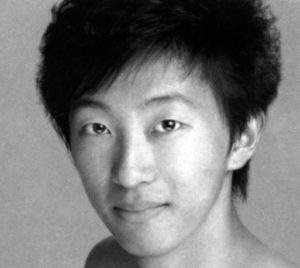 Wei Wang – Nutcracker Prince, Grand Pas de Deux
Wei Wang – Nutcracker Prince, Grand Pas de Deux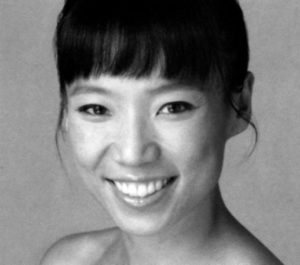
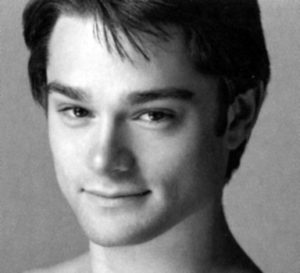 Cavan
Cavan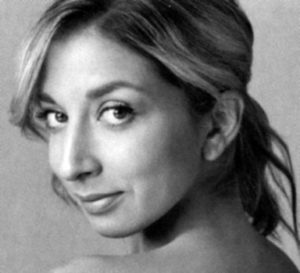 Sasha Mukhamedov – Sugar Plum Fairy
Sasha Mukhamedov – Sugar Plum Fairy Wona Park
Wona Park